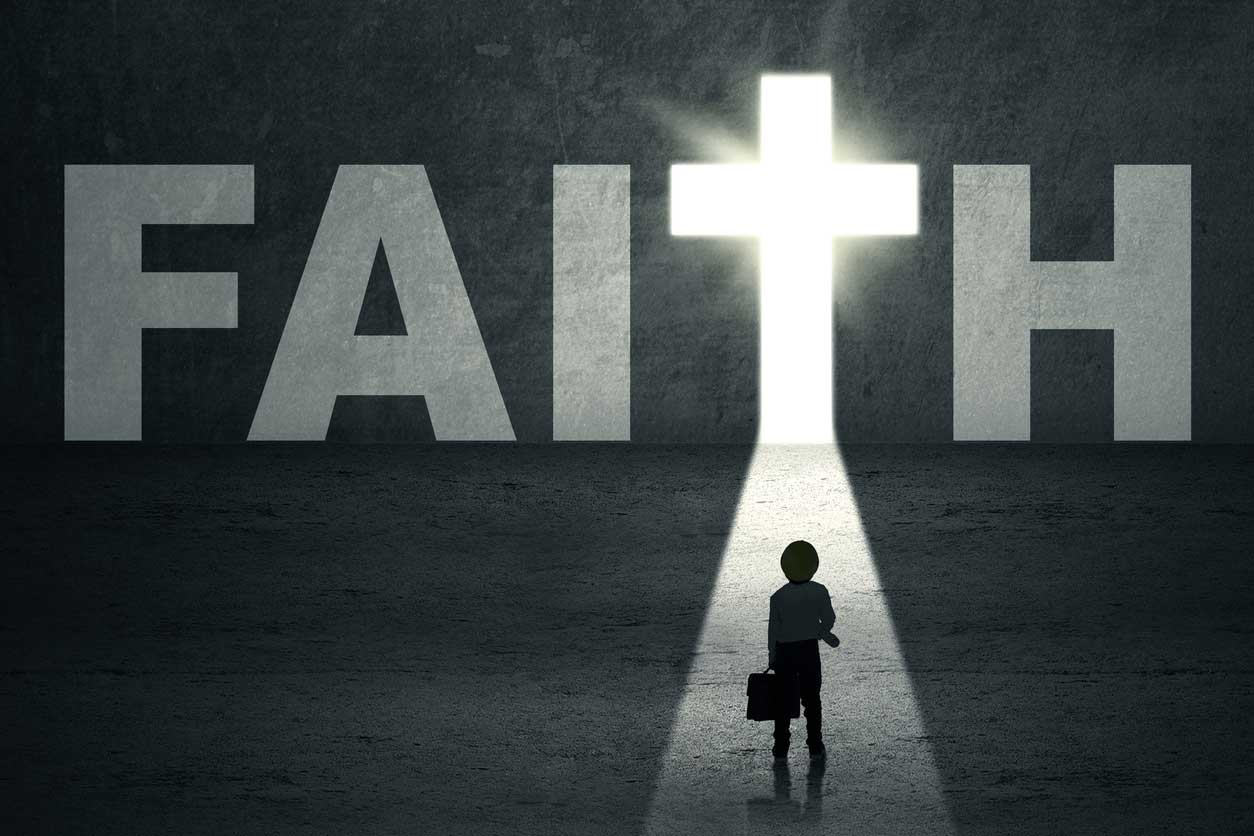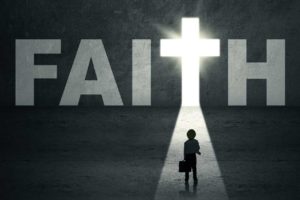

If you want to ignite the conversation at the family dinner table, bring up the issue of school prayer. Perhaps no other legal issue inflames the passion of parents and students more than a simple 30-second moment of silence.
The separation of church and state has deep roots within the United States Constitution. Although private schools set their own religion standards, public schools must abide by legal precedents mandated by state and federal courtrooms. Public schools cannot promote one religion over another religion. That standard is universally accepted. What is not universally accepted is how schools address individual expressions of religious beliefs that offend other students.
How do we legally reconcile religious beliefs in the classroom and the rapidly increasing diversification of the religions honored by students?
Education law makes it clear that public schools cannot endorse a specific religion. Yet, in many legal cases, education law mandates that schools and school districts cannot prohibit the expression of religious beliefs. The legal rule of thumb for schools to follow is to allow students to pray on school grounds, as long as students initiate and participate in the prayers, without the support of school faculty and administrators. Most court cases involving schools and religion have ruled that students have the right to organize religion clubs after school hours on school property.
Schools that promote school prayer can expect to receive legal scrutiny. The United States Court of Appeals handed down a landmark decision in Fleming v. Jefferson County. In this case, Jefferson County, Colorado asked students to make tiles to honor the students that lost their lives during the Columbine massacre. Some students overstepped the fine line between the separation of church and state by including the phrase “God is Love” on some of the tiles. The Supreme Court backed the United States Appeals Court ruling that the religious message on some of tiles violated the separation of church and state clause found in the First Amendment of the United States Constitution.
Is a moment of silence held within a classroom legal? The answer to the million dollar legal question is “It might be.” Shortly after the Supreme Court ruled on the school prayer issue, school prayer activists searched for a way to allow school prayer that the legal system would not rule as unconstitutional. The groundbreaking Wallace v. Jaffree case addressed the increasingly popular moment of silence that ostensibly substituted for vocal school prayers. The Supreme Court ruled that the intent of a moment of silence is to encourage student to pray, which violates the separation of church and state clause.
However, laws established after the landmark ruling that mandate students participate in a moment of silence have withstood legal scrutiny. The State of Virginia established a mandatory moment of silence in the classroom that the Court of Appeals declared constitutional. Virginia set the legal precedent that other states have followed, which is whether schools coerce students to spend the moment of silence in religious contemplation. If a school encourages prayer during a moment of silence, you can expect a judge to rule against the school district by either banning the moment of silence or creating strict guidelines for the school to implement for conducting a moment of silence.
A licensed attorney who specializes in education law can help you clarify the ambiguous relationship between religion and education. Contact an experienced attorney today to receive a free initial consultation.